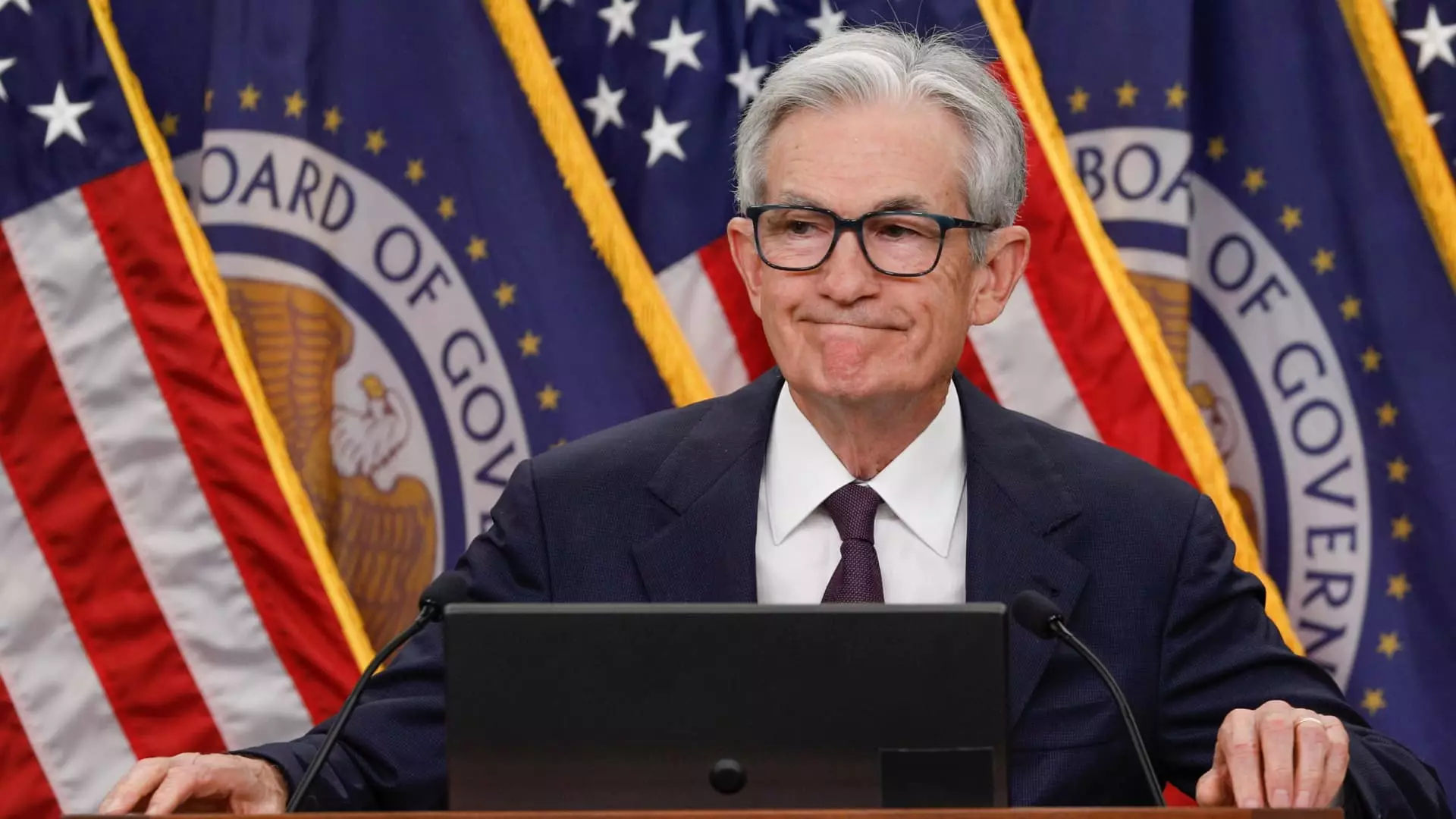As Federal Reserve Chair Jerome Powell prepares for a crucial appearance on Capitol Hill, tensions rise, echoing the fervent demands from various political entities and economic analysts for a shift in monetary policy. Powell’s semiannual testimony, scheduled to address the House Financial Services Committee and the Senate Banking Committee, comes at a time of increasing scrutiny and pressure on the central bank’s approach to interest rates. Historically characterized by a degree of detachment from political influences, this moment marks a departure as President Trump and his administration openly advocate for lower interest rates, pushing Powell into the crosshairs of an economic and political maelstrom.
The atmosphere surrounding these sessions differs significantly from previous years. Powell must navigate not only traditional fiscal queries concerning the economy’s health but also politically charged inquiries reflecting the administration’s heightened expectations. Trump’s stance for immediate and significant interest rate reductions—a call for cuts of up to two percentage points—stands nearly at odds with the conservative, measured approach that one would expect from the Fed chair. Powell must advocate a unified strategy amid noisy clamor for cutbacks while facing criticism from conservative allies and liberal opponents alike. The stakes have never been higher.
The Internal Divide: Growing Split Within the Federal Reserve
The brewing discord among Fed officials complicates Powell’s task ahead. Fed Governors Michelle Bowman and Christopher Waller, recently echoing sentiments favoring a July rate cut, suggest an internal division within the Federal Open Market Committee (FOMC). Their alignment with Trump-appointed officials highlights a unique intersection of political and economic perspectives that could undermine Powell’s leadership. With his colleagues expressing support for early rate cuts, Powell now confronts a more prominent issue: how to maintain cohesiveness within the FOMC while delivering an impactful message that addresses both market concerns and political pressures.
This burgeoning political influence within the normally insulated central bank raises alarm for many market watchers and economists. The “Republican-leaning” stance of Bowman and Waller, who possess strong political affiliations, creates a potential conflict for Powell, who must navigate these waters carefully. As the market responds—with a raised likelihood of cuts sooner than later—such internal fractures could erode the established credibility of the Fed and its mission to manage economic stability through independent monetary decisions.
The Complications of Rate Cuts: Balancing Act for Economic Health
Compounding Powell’s challenges is the question of how effective drastic interest rate cuts would be in the current economic climate. Experts like Jai Kedia from the Cato Institute have raised concerns that the public often misjudges the immediate effects of the Fed’s actions on economic conditions. The complex interplay between monetary policy decisions and economic realities suggests that simply lowering rates may not yield the desired outcome. Contrary to popular belief, a historical perspective indicates that immediate rate reductions can often lead to counterproductive results, such as increased Treasury yields rather than stimulating economic growth.
Moreover, the potential fallout of hasty rate interventions enforced by political pressures is significant. Critiques suggest that if Powell bows to such demands, it risks sacrificing both the economy’s health and the Federal Reserve’s long-standing reputation for autonomy and stability. With inflationary pressures still lingering and employment uncertainties rearing their heads, monetary policymakers must tread cautiously, prioritizing financial stability over short-term political goals.
Political Pressure vs. Economic Mandates: A Conundrum for Leadership
Scrutiny on Powell has reached alarming levels, particularly in light of the administration’s vocal discontent with his perceived political bias. Calls for his resignation, while unbacked by Trump himself, reflect a growing impatience and distrust from those who advocate for immediate action. However, seasoned economists stress that the Federal Reserve’s primary focus should be on stabilizing inflation and achieving full employment—not catering directly to short-term political agendas.
This line of reasoning brings into focus the broader implications of consistently aligning monetary policy with fluctuating political demands. If the Fed were to relinquish its independent status to appease the whims of elected officials, the long-term consequences could inhibit its effectiveness as a stabilizing entity within the economic framework. The future trajectory of both the Fed and the broader economy hangs in the balance as Powell faces his most formidable test yet.
Powell’s journey this week underscores a turbulent moment in U.S. economic policy where the delicate balance between political directions and economic necessities is tested in unprecedented ways. The actions taken will undoubtedly reverberate through financial systems and policymaking channels, cementing this period as a significant chapter in the Federal Reserve’s storied history.

